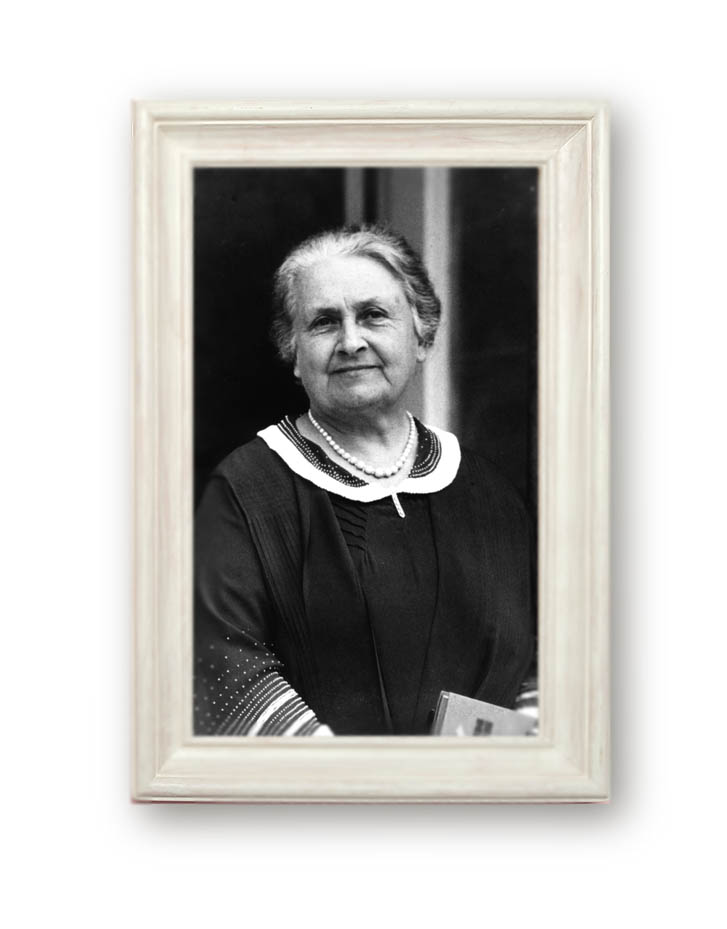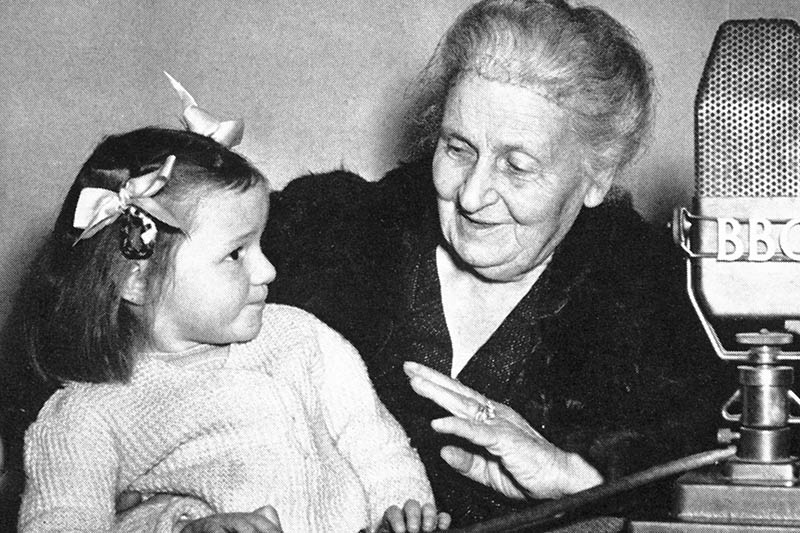
ABOUT Maria Montessori
Breaking Barriers in Education
Italian physician Maria Montessori was a forerunner of theories in early childhood education, which are still implemented in Montessori schools all over the globe. By 1925, more than 1,000 Montessori schools had begun in the United States. By 1940 the Montessori movement had faded, but it was renewed in the 1960s.
Montessori’s success with developmentally disabled children sparked her desire to test her teaching procedures on “normal” children. Montessori died on May 6, 1952. Today, Montessori’s teaching methods continue to “follow the child” all over the globe.

